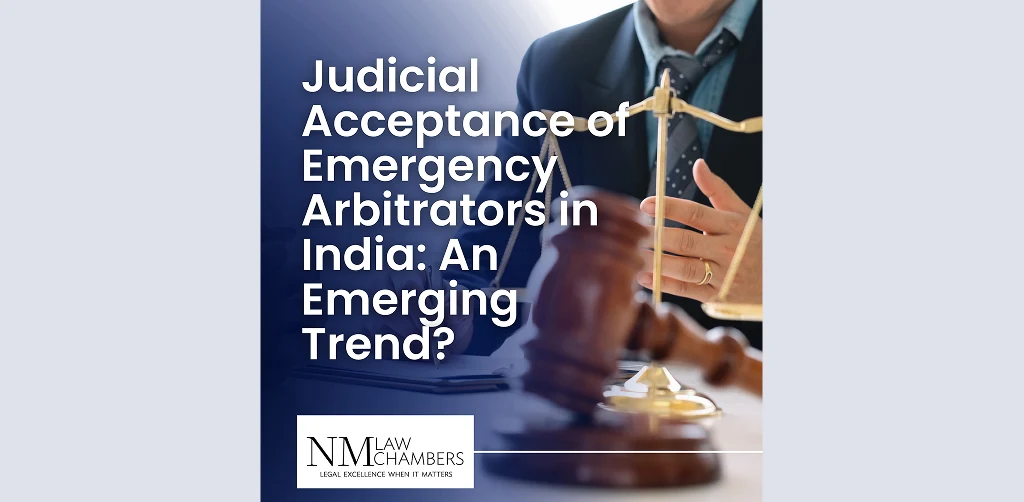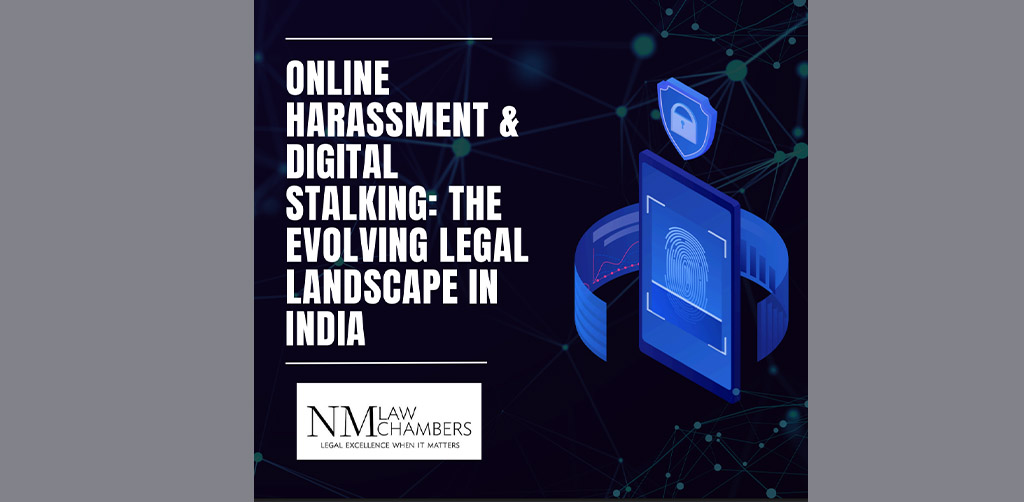CORPORATE DEFAMATION CASES: WHEN DOES NEGATIVE PUBLICITY CROSS LEGAL BOUNDARIES?
– Aparna Iyer, Associate Introduction In today’s hyper-connected and digitally driven society, corporate reputations can be built or destroyed in a matter of moments. A single online post, tweet, or video can spark widespread criticism and public backlash against a company, sometimes even before facts are verified. While the right to express opinions and critique businesses is fundamental to a democratic society and a competitive market, not all negative publicity is lawful. Corporate defamation arises when false and damaging statements are made about a company, causing harm to its business interests, reputation, or goodwill. Determining when such publicity crosses legal boundaries requires a careful examination of intent, factual accuracy, and public interest. This article explores the evolving landscape of corporate defamation, highlighting key legal principles, notable cases, and strategies that businesses can adopt to safeguard their reputations without infringing upon freedom of speech. The Concept of Corporate Defamation Corporate defamation refers to the communication of false statements that are harmful to the reputation of a company. Unlike defamation directed at individuals, corporate defamation focuses on the damage caused to a business entity’s public standing or financial interests. Though a company is not a natural person, the law recognizes that it possesses a protectable reputation. Courts have consistently held that a corporation can initiate a defamation claim if it demonstrates that a false and defamatory statement has been made, that the statement referred to the company specifically, that it was communicated to a third party, and that it caused, or was likely to cause, injury to the company’s reputation or operations. The damage need not always be in the form of quantifiable financial loss; harm to business reputation alone may be sufficient for a claim to arise. Balancing Reputation and Free Speech However, not every unflattering comment or critical opinion gives rise to defamation. The law seeks to strike a balance between the protection of reputational interests and the fundamental right to freedom of expression, as enshrined under Article 19(1)(a) of the Indian Constitution. Criticism that is made in good faith, particularly when it relates to matters of public concern such as consumer rights, environmental violations, or unethical business practices, is often protected by legal defences such as fair comment or qualified privilege. These defences allow individuals, journalists, consumers, and even competitors to express opinions and share experiences, provided their statements are based on facts and are not driven by malice. The legal line is crossed when falsehoods are spread recklessly or deliberately, and with the intent to injure a company’s reputation. Courts usually examine whether the statement was presented as a fact or an opinion, whether there was sufficient factual basis for the opinion, and whether the speaker acted with due care or exhibited a malicious motive. The Role of Social Media in Defamation Dynamics With the rise of social media and digital platforms, the terrain of corporate defamation has expanded and become more complex. Today, dissatisfied customers, former employees, or even anonymous users can post reviews and comments that rapidly gain traction online. While many such posts may reflect genuine experiences and subjective opinions, others may involve misrepresentation, exaggeration, or malicious intent. The viral nature of digital content amplifies its reach and potential impact, making the damage to corporate reputation swift and often irreversible. Companies facing such defamatory content online can pursue various legal remedies. These include sending cease-and-desist notices to the individuals or platforms responsible, filing civil suits for defamation seeking damages and injunctions, and invoking provisions of the Information Technology Act and the Information Technology (Intermediary Guidelines and Digital Media Ethics Code) Rules, 2021 to compel takedown of objectionable content. In some instances, companies have also initiated criminal defamation proceedings under Section 499 of the Indian Penal Code. However, courts exercise caution in granting sweeping injunctions, especially when the content in question involves consumer feedback or issues of public interest. The judiciary is mindful of the need to preserve the right to dissent and to prevent the misuse of defamation law as a tool to silence legitimate criticism. Strategic Considerations for Businesses Before resorting to litigation, companies must carefully assess whether the negative publicity in question truly crosses the threshold of defamation. Initiating legal proceedings in haste can backfire, attracting greater media scrutiny and public backlash—a phenomenon known as the “Streisand effect,” where attempts to suppress information only led to wider dissemination. Legal action should be considered when the statements are clearly false, baseless, and made with malicious intent, and when they pose a real threat to the company’s reputation or operations. In many cases, alternative strategies such as issuing public clarifications, engaging with the aggrieved party, or employing reputation management techniques may prove more effective and less confrontational. Conclusion In conclusion, corporate defamation law plays a vital role in protecting businesses from unfair and malicious attacks, but it must not be wielded to stifle genuine criticism, public discourse, or consumer advocacy. The courts have consistently sought to maintain a balance between reputational protection and the principles of free expression, evaluating each case based on its context, content, and intent. As the digital landscape continues to evolve, companies must develop a nuanced understanding of these legal boundaries, adopting both strategic and legal measures that respect free speech while defending their brand integrity. The challenge lies not in suppressing dissent, but in addressing defamation without undermining the democratic values that make critique possible.
CORPORATE DEFAMATION CASES: WHEN DOES NEGATIVE PUBLICITY CROSS LEGAL BOUNDARIES? Read More »










